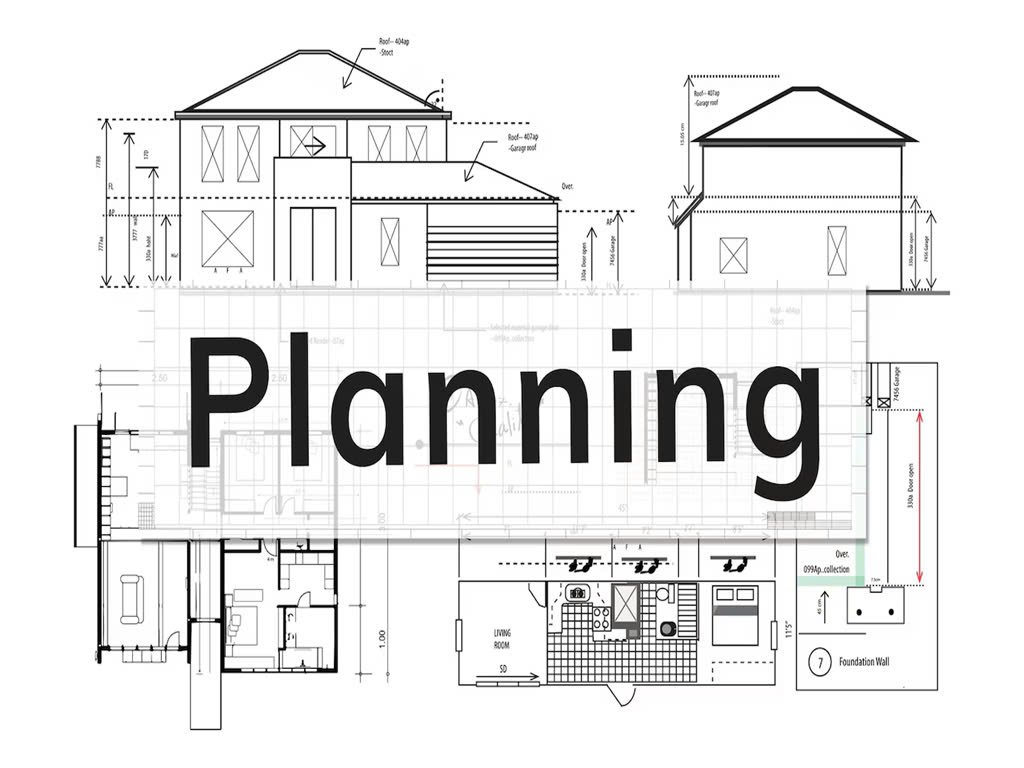What Is the Best Floor for a Kitchen?
Comparison of different types of kitchen flooring: ceramic, stone, wood, vinyl, laminate, concrete. Pros, cons, prices, and tips for choosing.
Choosing the right kitchen flooring can make a significant difference in durability, comfort, and aesthetics. With so many options on the market, it’s essential to weigh the pros and cons of each type to find the best fit for your needs. In this guide, we’ll explore popular flooring materials, discuss their strengths and weaknesses, and help you make an informed decision. Plus, we’ll explain how Aromark can support your renovation with expert advice and quality materials.
What Is the Best Type of Flooring for a Kitchen Floor?
Your kitchen flooring should combine style, resilience, and practicality. Let’s dive into some of the most popular options.
Ceramic Tile
Ceramic tiles are a classic choice for kitchen flooring, offering a durable and water-resistant surface.
Pros:
Scratch and moisture-resistant
Easy to clean
Available in a variety of styles and colors
Cons:
Can feel cold and hard underfoot
Grout lines may require regular maintenance
Price Range: $3–$10 per square foot, excluding installation.
Natural Stone Tile
For an upscale and timeless look, natural stone tiles like granite, slate, or marble are excellent choices.
Pros:
Unique patterns and textures
Long-lasting with proper care
Adds value to your home
Cons:
Expensive and requires sealing
Can be slippery when wet
Price Range: $6–$20 per square foot, depending on the stone type.
Hardwood
Hardwood floors bring warmth and elegance to a kitchen but need careful maintenance.
Pros:
Timeless and versatile design
Can be refinished multiple times
Cons:
Prone to water damage
Higher maintenance compared to other materials
Price Range: $8–$15 per square foot.
Bamboo
Bamboo flooring is an eco-friendly alternative to hardwood, offering a modern aesthetic.
Pros:
Sustainable and environmentally friendly
Resistant to scratches and dents
Cons:
Susceptible to moisture damage
Limited variety in colors
Price Range: $5–$12 per square foot.
Vinyl
Vinyl is a versatile, budget-friendly option for high-traffic kitchens.
Pros:
Waterproof and low maintenance
Soft underfoot and noise-reducing
Cons:
May not last as long as tile or hardwood
Limited resale value
Price Range: $2–$7 per square foot.
Laminate
Laminate flooring mimics the appearance of wood or tile at a fraction of the cost.
Pros:
Affordable and easy to install
Scratch-resistant
Cons:
Not fully waterproof
Cannot be refinished
Price Range: $1.50–$6 per square foot.
Concrete
Concrete is a durable and customizable option for modern kitchens.
Pros:
Extremely durable and low maintenance
Can be stained, polished, or textured
Cons:
Hard and cold surface
Requires sealing to prevent stains
Price Range: $2–$12 per square foot.
What Is the Most Durable Kitchen Flooring
If durability is your top priority, ceramic tile and natural stone are excellent choices. Vinyl and concrete are also highly resistant to wear and tear, making them suitable for busy households.
What Is Better: Laminate or Vinyl Plank Flooring?
Both laminate and vinyl plank flooring have advantages, but vinyl typically wins for kitchens due to its waterproof nature. Laminate is better suited for areas with minimal exposure to moisture.
How to Choose Vinyl Flooring
When selecting vinyl flooring, consider these factors:
Thickness: Thicker vinyl offers better durability and comfort.
Style: Look for options that mimic natural materials like wood or stone.
Warranty: Choose products with a strong manufacturer’s warranty.
What Is the Primary Difference Between Porcelain and Ceramic Tile?
Porcelain is denser and more water-resistant than ceramic, making it ideal for high-moisture areas like kitchens. Ceramic tiles, however, are more affordable and available in a wider range of designs.
What Type of Flooring Can You Put Over Ceramic Tile?
You can install vinyl, laminate, or engineered wood over existing ceramic tiles as long as the surface is level and stable. These materials offer a quick and cost-effective way to update your flooring.
Are Marble Floors Slippery?
Yes, polished marble can be slippery, especially when wet. Opt for honed or textured finishes to reduce slipperiness, or use area rugs for added safety.
What Color Flooring Goes with Dark Kitchen Cabinets?
Light or neutral flooring, such as beige, gray, or light wood tones, creates a balanced contrast with dark cabinets. Alternatively, opt for medium-toned wood or tiles for a cohesive, modern look.
How Much Does It Cost to Install Tile Per Square Foot?
Tile installation costs range from $5 to $15 per square foot, depending on the material and complexity of the project. Professional installation ensures a polished finish and long-lasting durability.
Let Us Help You Find the Perfect Kitchen Flooring
At Aromark, we specialize in guiding homeowners through every step of their kitchen renovation. From helping you select the best flooring materials to ensuring a flawless installation, we’re here to make your dream kitchen a reality. Contact us today for personalized advice and high-quality materials that fit your style and budget.










